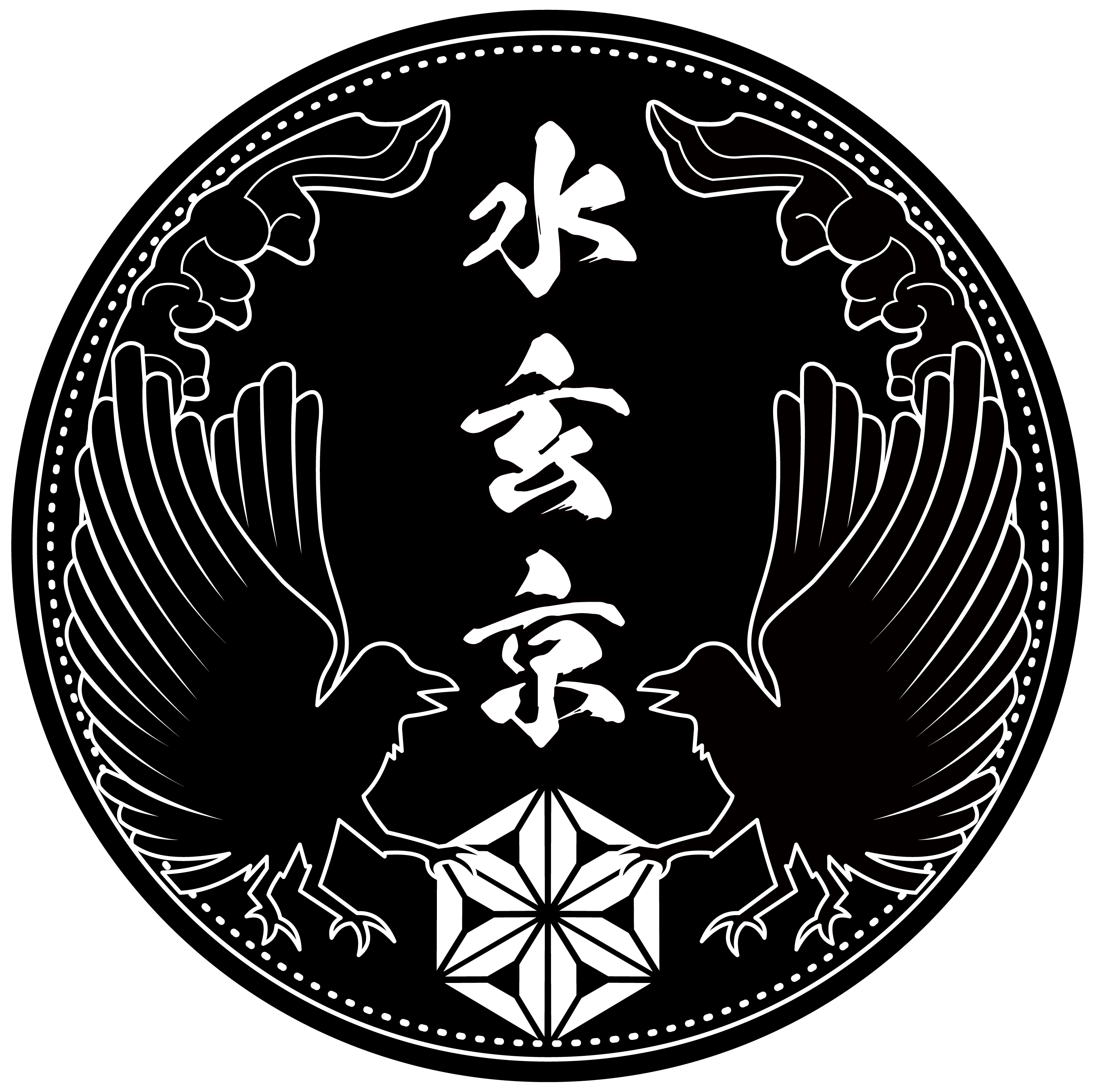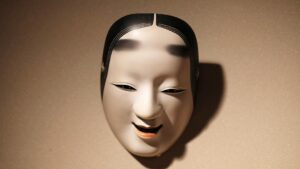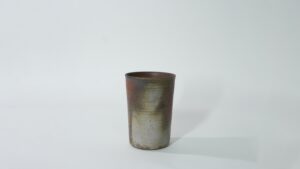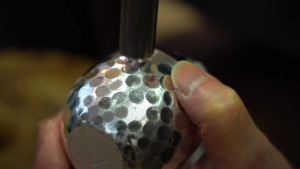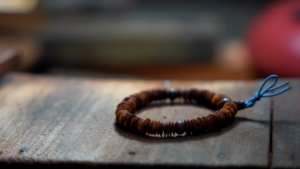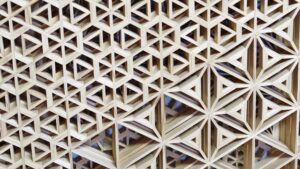Introduction
Kintsugi, also known as Kintsukuroi, is a traditional Japanese art of repairing broken pottery with gold or silver lacquer. Rather than disguising the damage, the technique highlights the cracks and imperfections, making the object even more beautiful than before. The art of Kintsugi is not only a technique but also a philosophy that values the beauty of imperfection and the importance of repairing broken things.
History of Kintsugi
Kintsugi dates back to the 15th century when a Japanese shogun broke his favorite tea bowl and sent it to China for repair. Upon its return, the bowl was fixed with ugly metal staples, which inspired Japanese craftsmen to find a more aesthetically pleasing method of repair. They discovered that by using lacquer mixed with precious metals, they could create a repair that not only looked beautiful but also added value to the object.
During the Edo period (1603-1868), Kintsugi became more widespread and was used to repair not only pottery but also other objects such as glass, wood, and even metal. The technique was considered a form of art, and many craftsmen specialized in Kintsugi repair.
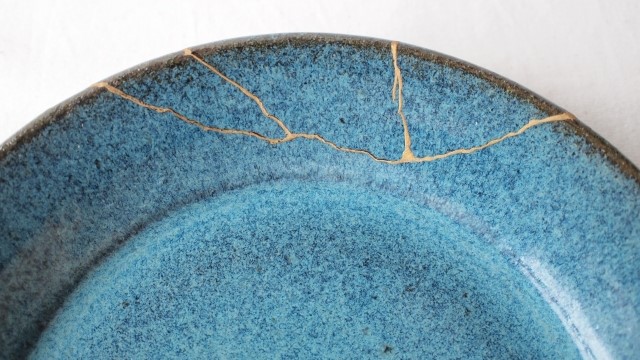
The Beauty and Charm of Kintsugi
The philosophy behind Kintsugi is that the breakage and repair of an object is a part of its history and should be celebrated rather than hidden. The gold or silver lacquer used in the repair process adds a new dimension to the object, making it unique and more valuable. Each piece of Kintsugi is one-of-a-kind, and the imperfections are what make it so special.
In addition to its aesthetic value, Kintsugi also has a symbolic meaning. The cracks and repairs represent the journey of life, with all its ups and downs, and the gold or silver represents the beauty and value that can be found in those experiences.
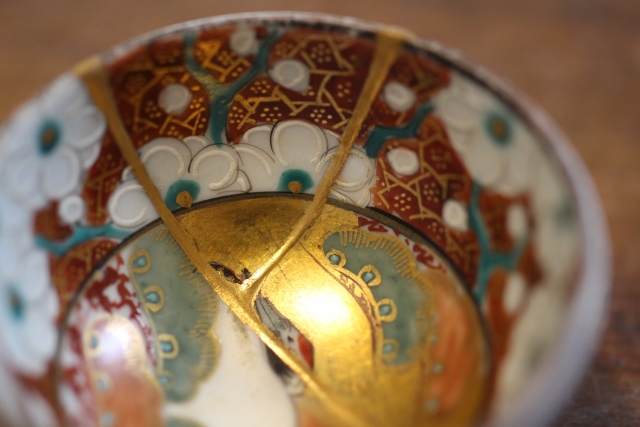
The Artistic Potential of Kintsugi
Today, Kintsugi is not only used for repairing pottery but also as an art form in itself. Artists use the technique to create new pieces of pottery with intentional cracks and fissures. The art form has also inspired other artists to incorporate the concept of Kintsugi into their work, using it as a metaphor for the beauty of imperfection.
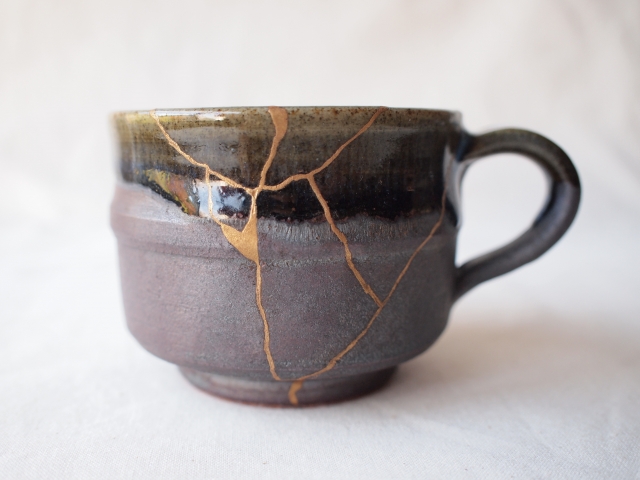
The Cultural Significance of Kintsugi
Kintsugi is not just an art form but also a symbol of Japanese culture and tradition. The technique embodies the Japanese philosophy of wabi-sabi, which values simplicity, imperfection, and the beauty of natural materials. Kintsugi also reflects the Japanese concept of mottainai, which means “don’t waste,” and emphasizes the importance of repairing and reusing materials rather than discarding them. Kintsugi has become a cultural icon and is often used as a metaphor for the resilience and strength of the Japanese people in the face of adversity. The art of Kintsugi is a testament to the enduring legacy of Japanese craftsmanship and the beauty that can be found in imperfection.
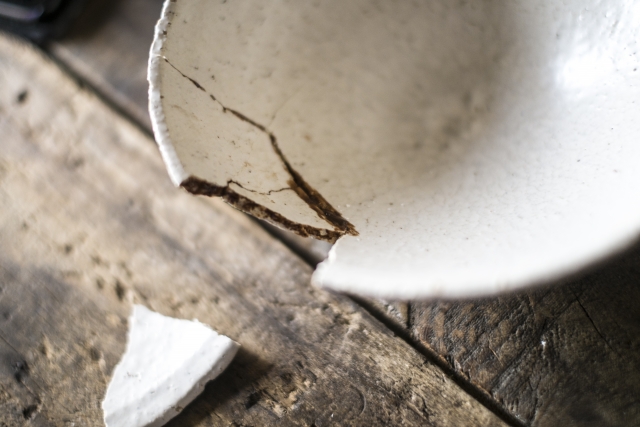
Conclusion
Kintsugi is a beautiful and meaningful art form that celebrates the history and imperfections of an object. Its philosophy and technique continue to inspire artists around the world to create unique and valuable works of art. Kintsugi reminds us that imperfection is not a flaw but rather an opportunity to create something new and beautiful.
